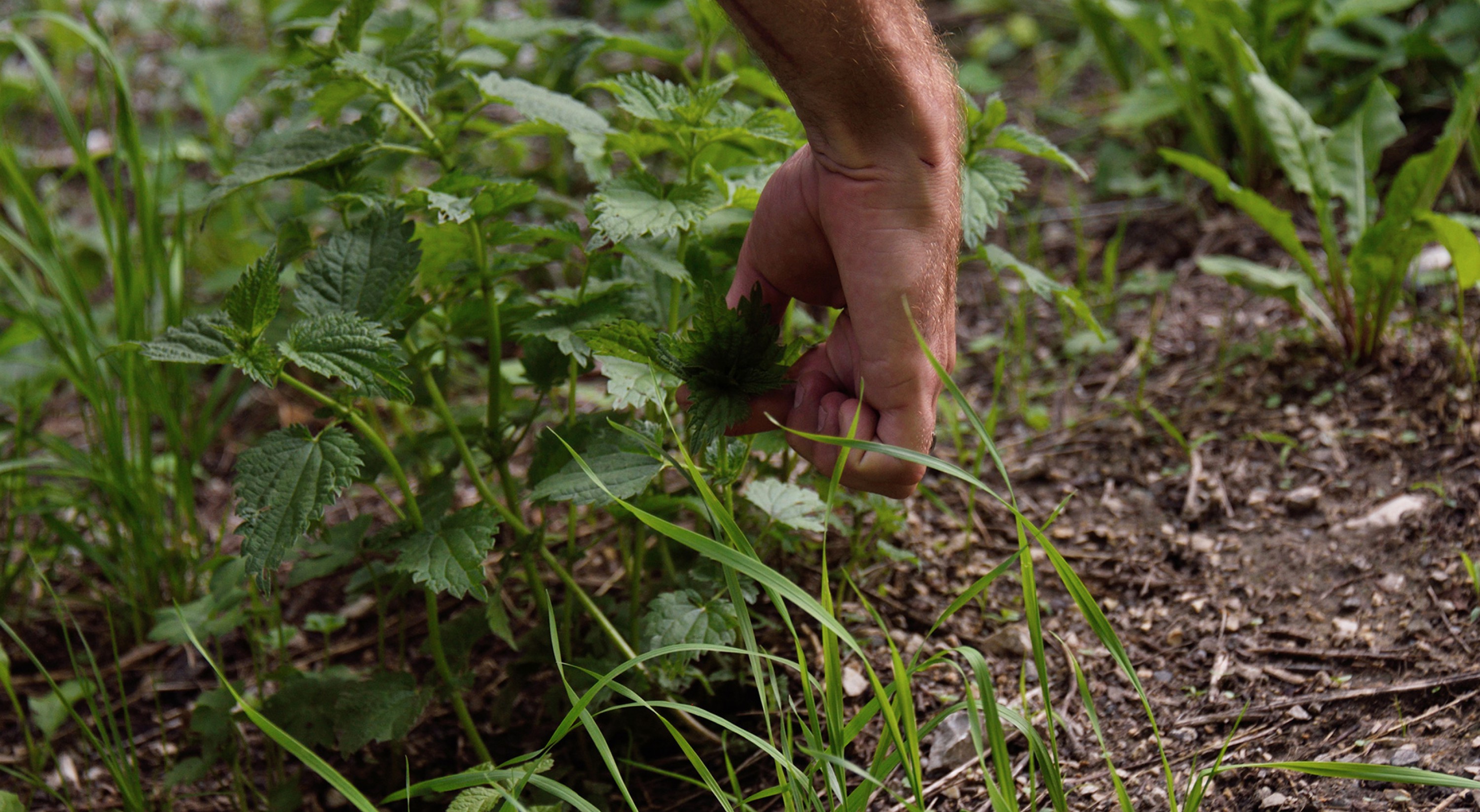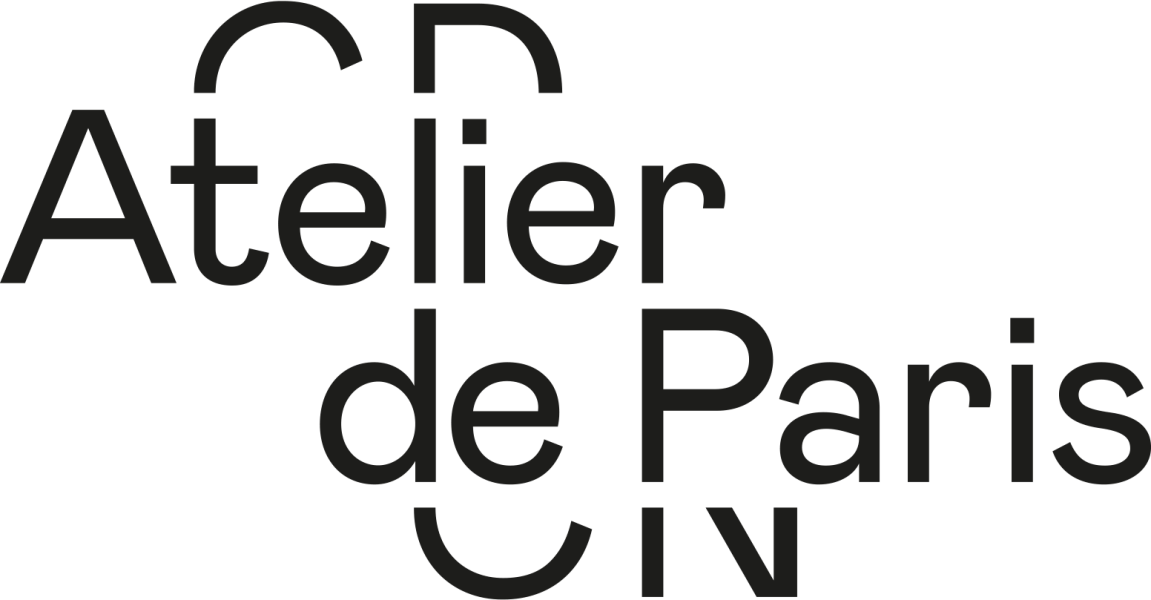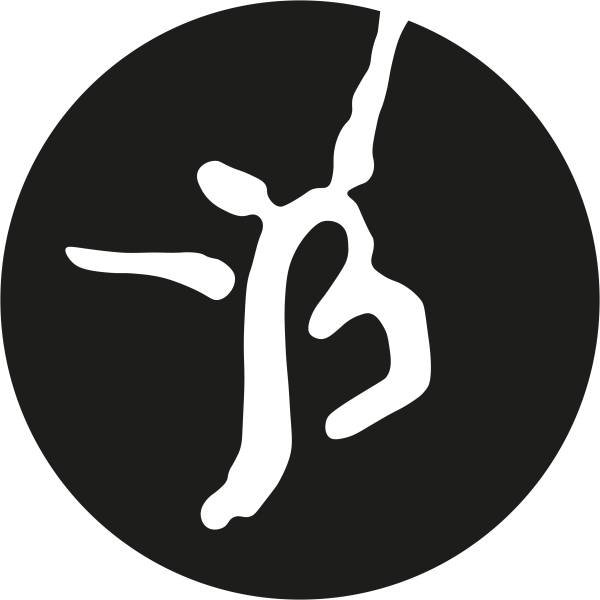Ondine Cloez
L’art de conserver la santé
septembersept 13
octoberoct 13 – 18
maymay 27 – 30
Choreography, Ondine Cloez
With Ondine Cloez, Clémence Galliard, and Anne Lenglet
Music and lighting, Vic Grevendonk
Dramaturgy, Marine Bestel
Produced by Entropie Production (Brussels)
Coproduced by Atelier de Paris / CDCN ; Le Phare – CCN du Havre Normandie ; Les Brigittines – Centre d’Art contemporain du Mouvement de la Ville de Bruxelles ; far° festival des arts vivants Nyon ; Le Pacifique CDCN (Grenoble) ; Conseil de la Danse du Service des Arts de la Scène de la Fédération Wallonie-Bruxelles ; Théâtre de la Bastille (Paris) ; Les Laboratoires d’Aubervilliers ; and Festival d’Automne à Paris
In association with Théâtre de la Bastille (Paris) ; and Festival d’Automne à Paris for performances at Théâtre de la Bastille (Paris)
In association with Les Laboratoires d’Aubervilliers ; and Festival d’Automne à Paris for performances at Laboratoires d’Aubervilliers
With support from the Conseil de l’Art et de la Danse de la Fédération Wallonie-Bruxelles and from Kunstencentrum BUDA (Courtrai)
With support from Onda
On discovering the Salernitan Medical School’s 18th century treatise on the art of living a healthy life, Ondine Cloez asked herself the following question: how can we conjure up all those gestures which have been lost or forgotten? In this dance piece with live singing, Ondine Cloez and two other fellow dancers perform aphorisms taken from the work, as well as sharing reflections and revealing what remains in their bodies from that time.
In order to grow medicinal plants in her garden, Ondine Cloez dusted off a copy of the Regimen Sanitatis Salernitarium, a popular collection of precepts for a healthy lifestyle, a manual for our relationship with our own bodies and the world. These poems written in alexandrines deal with subjects ranging from the common cold, sleep, and passionate love to the summer, cherries and wine, addressing reader, doctor and plant alike in the same informal manner. Alongside her companions Anne Lenglet and Clémence Gaillard, the Brussels-based French choreographer and performer will be developing a vocal and choreographic score based on the work. Rather than a historical or aesthetic re-enactment, the means for this encounter with the mediaeval body and its forgotten gestures will be the language, imagination and bodies of contemporary dancers. Via this continuation of the process she initiated in Vacances Vacance, a piece focussing on the relationship between movement and her own train of thought or with the literature which describes it, the artist hollows out a dance of absence and survival. Her interpretation, as profound as it is undisciplined, of these bodies, together with their different states and emotions deftly plays upon the hiatus between what is said, what we see and what we perceive.
In the same place



